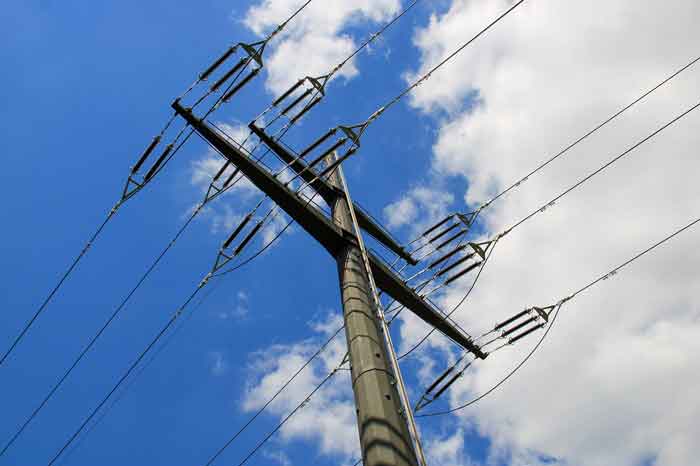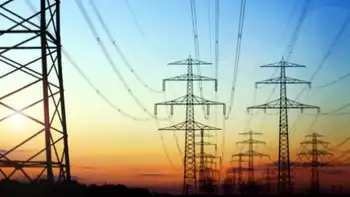Problems plague Canada's emissions trading plans
By Reuters
NFPA 70e Training
Our customized live online or in‑person group training can be delivered to your staff at your location.

- Live Online
- 6 hours Instructor-led
- Group Training Available
Some Canadian provinces have introduced provincial carbon taxes or have opted to join a prospective U.S.-based trading scheme, and threaten to throw Canada's federal emissions trading plans into disarray, Judith Hull, director of trading regimes for Environment Canada, told a carbon markets conference in Germany.
"We're going to have a real challenge meshing the federal system with provincial actions," Hull said.
The provinces of British Columbia, Manitoba and Quebec join seven U.S. states in the Western Climate Initiative, a regional cap-and-trade scheme launched as a result of a lack of legislative progress made on fighting climate change by the respective federal governments.
Cap-and-trade involves setting a cap on industrial emissions, then distributing carbon credits to the participants. If they pollute above their carbon quota, participants must then determine whether it's cheaper to buy credits in the open market or to invest in cutting their own emissions.
The Canadian government, echoing the European Union's own $50 billion emissions trading scheme, wants to include all heavy industry in the program, which accounts for half of Canada's total carbon emissions.
Canada ratified the United Nations' Kyoto Protocol under the Liberal government, which ruled from Canada from 1993 to 2006.
The Kyoto Protocol aims to cut 1990 greenhouse gas emissions by an average of 5 percent between 2008 and 2012.
Last year, Conservative Prime Minister Stephen Harper said Canada has no chance of meeting commitments under the Protocol, which called for the country to trim emissions by 6 percent.
One reason for this is the growing emissions coming from oil-rich Alberta's energy sector.
"Right now, Canada is 25 percent above its target... and if we remain on a business-as-usual trajection, we're going to be a further 24 percent above (by 2012)," Hull said.
'Turning the Corner', a plan released by the Canadian government in April 2007, set intensity-based targets of a 20 percent reduction on 2006 levels by 2020.
Intensity-based targets mean emissions cuts are measured against units of economic output rather than in absolute terms, so a rapid rise in economic activity could lead to an absolute increase in emissions.
"So we're going to have a cap-and-trade system on a provincial level and an emissions-intensity system on a federal level... We've got to make these systems work together," Hull added.
The federal government is also setting up a technology fund, selling carbon credits to industry and investing the proceeds in clean energy research and development.
The fund will be priced at $15 per ton of CO2, essentially placing a price ceiling on credits. Prices will eventually rise to $20 a ton, and then will be indexed to economic output as well, Hull said.
Companies can access the fund for up to 70 percent of their initial credit requirements, though this number will decrease with time.
Canada's trading scheme will include trade in four different types of carbon credits, Hull said.
Along with the normal surplus credits, some 15 million early-action credits will be awarded to companies that have cut emissions significantly before the start of the trading in 2010.
Voluntary offset credits certified by the International Organization for Standardization (ISO) will also be traded, as well as U.N.-approved credits (CERs), which are issued under Kyoto's Clean Development Mechanism (CDM).
Under the CDM, companies and governments from rich nations can invest in clean energy projects in developing countries, earning CERs in return. These credits can then be sold for profit or used to meet emissions goals under Kyoto.
Prime Minister Harper discounted the idea of using CERs to meet the country's goal, effectively closing the country off to the $13 billion market.
Under the new proposal, Canadian companies can meet up to 10 percent of their compliance gap through imported CERs.
Traders welcomed the move, but noted the issues still plaguing the country's proposed emissions trading framework.
"Canada's plan is called Turning the Corner, but it seems to me there are a number of other corners following this one," one London-based emissions trader told Reuters at the conference.











